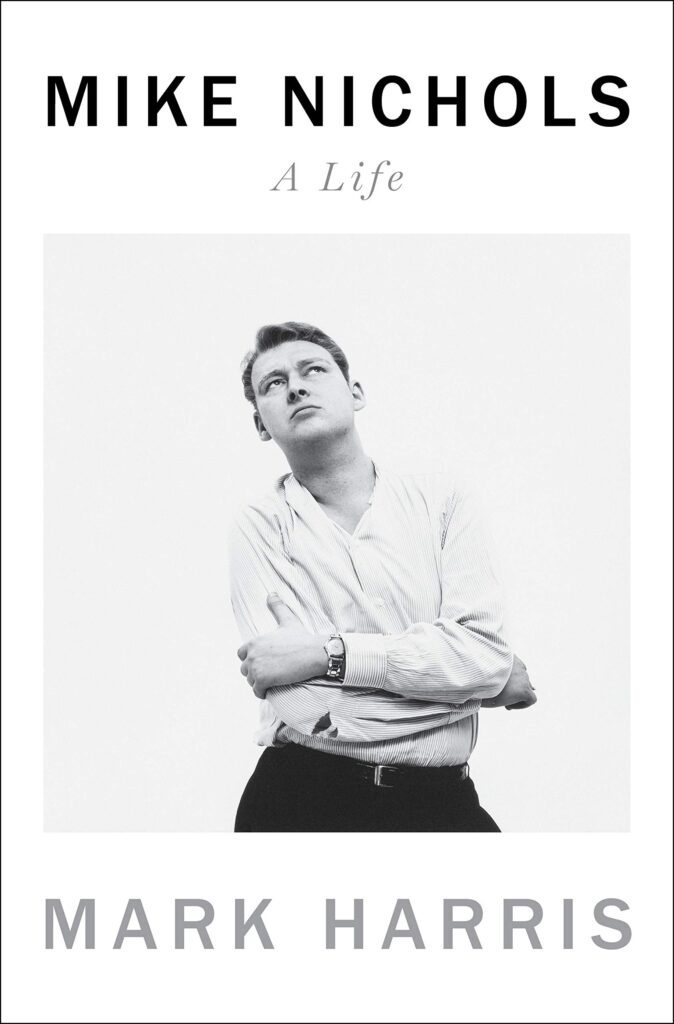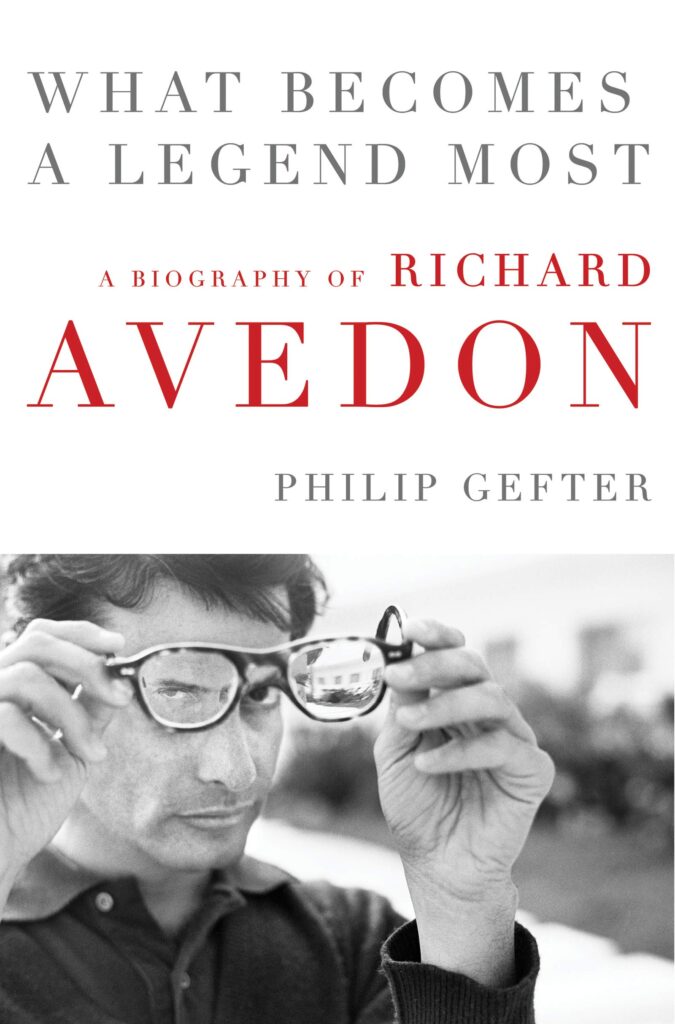
In Mike Nichols: A Life (Penguin Press. $35. www.penguinrandomhouse.com), Mark Harris provides a bracing reminder of Nichols’ remarkable impact on American theater and film over the course of five decades. The behind-the-scenes looks at his projects, from The Graduate to Angels in America, are priceless, and the amazing network of fellow artists he collaborated and clashed with, from Elizabeth Taylor to Whoopi Goldberg is fascinating to trace. Harris is remarkably efficient at leading readers along the tangled paths of Nichols’ interwoven careers as director, performer and producer. His explanations of Nichols’ directorial style—which was rich with psychological insight about both characters and actors—are perhaps the best passages in the book. What’s disappointingly absent is much real revelation or explication of Nichols’ own psychology and personal relationships beyond the long-lasting residue of his childhood. His crucial relationships with Elaine May and later with fourth wife Diane Sawyer—to whom he was married for 25 years prior to his death in 2014—remain cryptic to the reader. The emotional engine of his relationship with Sawyer, especially, are particularly elusive. Harris, who is married to Tony Kushner, only gingerly touches on Nichols’ sexuality, despite assertions by Richard Avedon, one of his closest friends, that the pair had a longtime love affair, and the often long-distance nature of Nichols’ relationships with his quartet of wives. Its fine to avoid the lurid and salacious, but Harris just doesn’t dig as deeply into what made Nichols tick as readers might hope. Nichols sometimes comes across as a baby and a diva; sometimes generous and sometimes remarkably stingy; he seems obsessed with status as much as art; he displays strokes of genius and wide stripes of misanthropy. All fascinating, but not all tied together with a coherent authorial theory about his overall driving forces, motivations or Achilles heels. This is a fascinating and well-organized summary of Nichols’ career and tentacular artistic impact, but falls short on reflection and interpretation.

Three years ago, I wrote about Something Personal, a controversial biography of photographer Richard Avedon co-authored by his longtime studio assistant Norma Stevens. A juicy, salacious chronicle that was angrily refuted on many fronts by Avedon’s estate, it was nonetheless a fascinating reflection of 50 years of American pop culture, art and fashion. Now comes a classier, more analytical, but just as compulsively readable Avedon bio from an author with no personal scores to settle. Philip Gefter—a gifted photography critc whose work has appeared in the New Yorker and Aperture, and who won the Lambda Literary Award for his biography of Sam Wagstaff, patron and mythologizer of Robert Mapplethorpe—counterbalances the gossipmongering of Stevens’ book with the more coolly observed and meticulously researched What Becomes A Legend Most (HarperCollins. $35. www.philipgefter.com). An art historian at heart, Gefter places the rollercoaster personal life and psychology of his subject within a larger cultural frame. Avedon’s rise came as the world’s art museums, curators and critics were in a roiling debate as to whether photography should be considered a legitimate artform, or whether it was forever to be regarded as a lowly stepchild, tainted by its commercial uses and inherent reproducibility. Less that a century later, it may be difficult for some readers to imagine a time when photography was not taken seriously—which may make it easier for them to understand the bitterness Avedon felt about his work being treated with a faint air of dismissiveness even at the height of his career. Avedon also stepped into the spotlight at a time—the mid-20th century—that homosexuality was also marginalized, which put him in yet another realm of quietly disdained secondary status. While Gefter deftly limns the dovetailing of Avedon’s career path with changing mores in American society as a whole, his book also effervesces with wonderful anecdotes; from photo shoots with the Rolling Stones, the Warhol factory crew, and Marilyn Monroe to Avedon’s celebrity-clotted social life which included friendships—and perhaps romances (Gefter is a bit too coy)—with Mike Nichols, James Baldwin, and other boldfaced names of the era. Like Avedon’s own work, this book maintains a fine balance of smarts and style.
